I am working on a program in c# where I have a layout as shown in the image below:
The purpose of the program is to perform data archiving in SQL server. If I choose "Create Tables", it will generate new tables into my database ( should generate about 40 tables in order) which has similar table structure (columns,constraint,triggers,etc) as original tables in the same database as well. How this works is I'll execute the SQL scripts in c# and call them (all 40 scripts) to create tables.
Right now, I added another button "Transfer data" where it will select specfic data(based on date) in old data and transfer them into the new tables I created. I will use the query Insert Into....SELECT from to transfer data.
My question is should I create sql scripts for transferring data and execute them in c# or just put the SQL queries inside my c# code ?
If I go with SQL scripts, should I split them into 40 scripts as well or place all the queries inside 1 script? I know it will be tedious if i put everything in one script as if an error occurs, it's hard to trace the source of the problem.
Below is a sample of how the sql query looks like :
SET IDENTITY_INSERT Kiosk_Log_New ON
INSERT INTO Kiosk_Log_New(LOGID,
logAPPID,
logLOGTID,
logGUID,
logOriginator,
logReference,
logAssemblyName,
logFunctionName,
logMessage,
logException,
CreatedBy,
CreatedDate)
SELECT LOGID,
logAPPID,
logLOGTID,
logGUID,
logOriginator,
logReference,
logAssemblyName,
logFunctionName,
logMessage,
logException,
CreatedBy,
CreatedDate FROM Kiosk_Log
WHERE CreatedDate BETWEEN '2015-01-01' AND GETDATE()
EDIT: Since many suggested stored procedure is the best option, this would be my create tables script:
string constr = ConfigurationManager.ConnectionStrings["constr"].ConnectionString;
/* open sql connection to execute SQL script: PromotionEvent_New */
try
{
using (SqlConnection con = new SqlConnection(constr))
{
con.Open();
FileInfo file = new FileInfo("C:\\Users\\88106221\\Documents\\SQL Server Management Studio\\PromotionEvent_New.sql");
string script = file.OpenText().ReadToEnd();
Server server = new Server(new ServerConnection(con));
server.ConnectionContext.ExecuteNonQuery(script);
Display("PromotionEvent_New table has been created successfully");
con.Close();
}
}
catch(Exception ex)
{
textBox1.AppendText(string.Format("{0}", Environment.NewLine));
textBox1.AppendText(string.Format("{0} MainPage_Load() exception - {1}{2}", _strThisAppName, ex.Message, Environment.NewLine));
Display(ex.Message + "PromotionEvent_New could not be created");
textBox1.AppendText(string.Format("{0}", Environment.NewLine));
Debug.WriteLine(string.Format("{0} MainPage_Load() exception - {1}", _strThisAppName, ex.Message));
}
